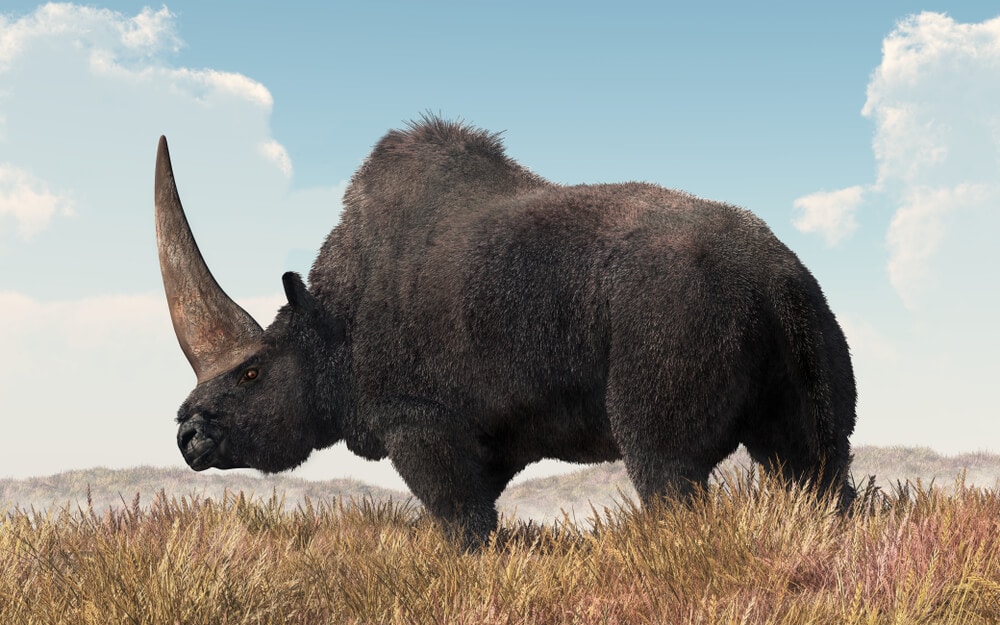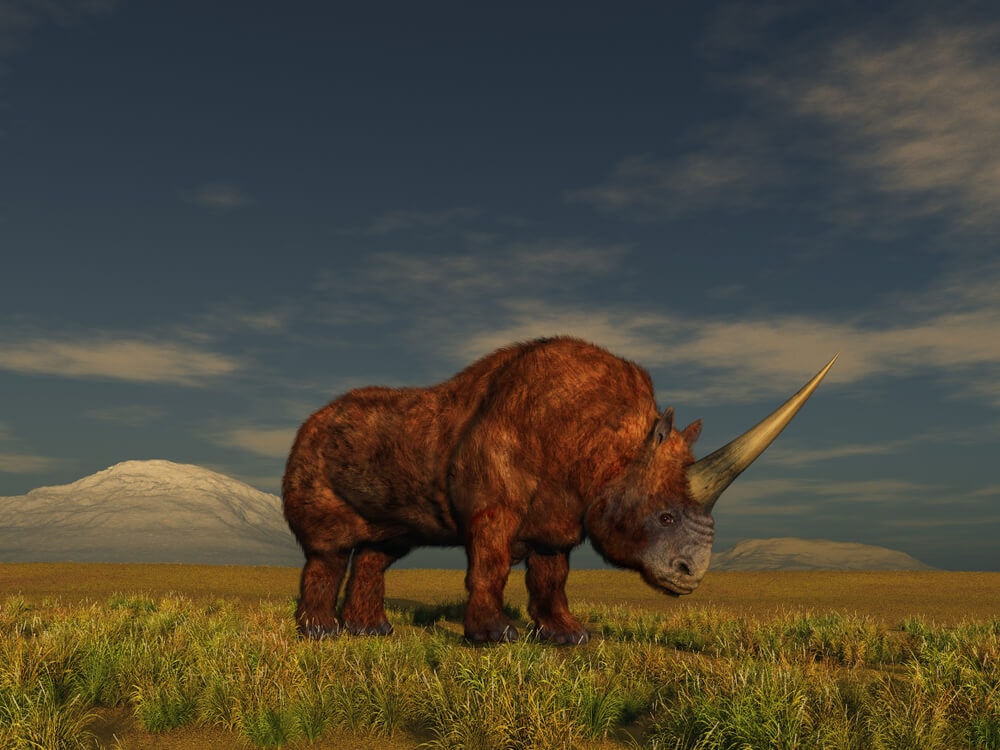The modern rhino is what is left of the ancient beast we would today consider a unicorn. The rhino used to be an incredibly diverse species, with more than 250 known species identified. Now there are a mere five different species. Back in the Miocene period, which was around 23 million years ago, the rhino made up a reasonably large portion of the mammal fauna in countries such as Africa, Asia, Europe, and North America.
Analysis of rhino fossils has determined two distinct lineages of the ancient beast: one being Rhinocerotinae, which is comprised of modern rhinos as well as the recently extinct woolly rhino, and the second being the extinct Elasmotheriinae. Studies suggest that these two groups diverged pretty early on, around 35 million years ago. Elasmotheriinae eventually gave rise to what today we would think of like a unicorn!
Have you ever wondered what the world would be like if creatures from mythology roamed the Earth? Think no more! Recent evidence suggests that animals similar to our ideas of the mysterious unicorn wandered our lands right around the time of humans. Though they may not, in essence, be the same creature from legend, it comes strikingly close. It is possible that our ancestors once saw these beasts and morphed their image into what we see today. Let us take a closer look at this ancient creature and hopefully develop a new appreciation for the animal.
Origins

While we may not know precisely where these beautiful beasts came from, what we do know is that what we now know as a unicorn was an ancient version of a rhinoceros. This old soul had only one horn on the top of its head, just like the unicorns of today.
Elasmotherium is also known as the Giant Siberian Unicorn and is thought to have been alive during the Late Pliocene and Pleistocene eras. The oldest fossils show that they were active as long as 2.6 million years ago, but the most recent findings show that they went extinct only 30,000 years ago. The best-known species is Elasmotherium sibiricum, which was the size of a mammoth, covered in hair with one horn adorning its head.
Stories have circulated throughout history about the existence of unicorns; the first known mention of a unicorn comes from India. These stories depicted a creature with four legs with hooves, long manes, long fur, and one horn on the top of the head. Greek literature also points to a single-horned animal living in India.

Unicorns have also been sighted by Arabic travelers, who claim they have witnessed with their own eyes a creature with the body of a mule and the head of a camel, which is adorned with a single horn. The Arab-Persian culture used to view Elasmotherium as the bringer of truth and goodness to the world.
Chinese literature also mentions sighting a beast with the body of a deer with a single horn on its head, which they termed “K’i-lin.” During the Warring States period, a bronze statue was constructed that depicts a one-horned animal, much like Elasmotherium would have looked like.
It is also believed that the Bible may have mentioned the existence of a unicorn-like creature that was similar to a wild ox. In the context of Christianity, the one horn was thought to symbolize monotheism.
Then came the Middle Ages. Back then, the unicorn was actually viewed as a symbol of purity and was often associated with virgins. This is evidenced in the art that came from this time period. Also noteworthy during this time is that people would sell narwhal horns as unicorn horns to gullible buyers due to the magical properties they were thought to possess.
In 1866, a man by the name of Vasily Radlov uncovered a legend in the land of Siberia; according to the story, a “huge black bull” was killed by a single spear; the beast had a single horn, and it was transported back to camp via sled.
From Russia comes more news of this ancient mystery. In a collection of ballads is found mention of an animal, dubbed the Indrik, that resembles the unicorn. However, their version of the hairy unicorn is not as lovely as it is today. Their version, which was often depicted in battle, is a symbol of lies. It was said the creature resided in the mountains and was believed to give birth to all other animals. They thought the beast saved the Earth from drought and that it roamed around at night.
Today, we don’t overthink these creatures; they are most beloved by little girls with wild imaginations.
